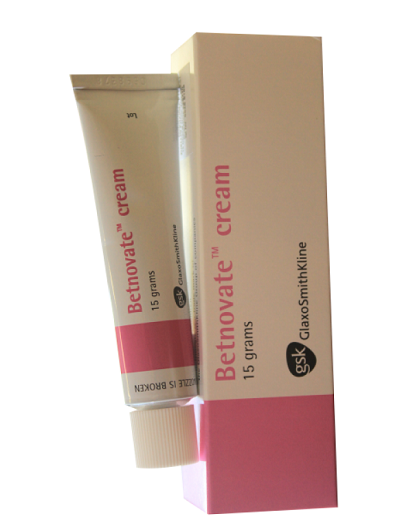Leechesis fungus is a common dermatological disease and causes quite a lot of trouble in life
But if not treated early and properly, it can cause many dangerous complications, long-term and difficult to treat diseases.
Contents
What is leechemia?
Leechesis or leechesis, is a dermatological disease that, just hearing it, is enough to make many people shiver. This is a form of dermatitis and is a special form of Eczema eczema.
However, if Eczema eczema can appear in any area of the body, the leechesum fungus is only localized in certain areas such as palms, feet, edges of fingers, toes. The disease starts suddenly, progresses in a persistent way and is very easy to recur, usually in cycles!
Leechesum fungus directly affects the aesthetics of the patient, causing them to be embarrassed, have low self-esteem, often try to hide their hands and feet when talking and interacting with strangers.
What are the symptoms of leechesis fungus?
Leechesum fungus has very characteristic external signs, patients can easily recognize and observe with the naked eye. Some of the manifestations of this disease can be listed as follows:
- White blisters appear on the palms of the hands, feet, ... with a size of about 1- 2mm, firm to the touch, difficult to break and often clustered on the surface of the skin, in addition, they never grow. up on wrists, ankles. On the surface, these blisters look like little leeches crawling under the skin!
- The blisters usually do not rupture, but only flatten and turn yellow. After peeling, the skin of pink is round or arch and surrounded by scabs.
The blisters leave pink areas after rupture
- The leeches make the patient itchy and once scratched will cause the blisters to burst, causing pain and discomfort.
- Leechesis fungus occurs in waves and before the illness, the patient will be very itchy, some cases can produce a lot of sweat. If this disease is not treated promptly, the blisters will dry or rupture and leave on the skin the characteristic opaque yellow patches on the skin.
- If infected, the blisters caused by leeches will become cloudy, the affected area is red and swollen, in addition to the appearance of lymph nodes accompanying the patient with a fever.
What causes leeches fungus disease?
Scientific studies show that the chemical allergy in daily life, occupation or infection while exposed to mud, dirty water ... is one of the leading causes of mycosis. leeches.
In addition, genetic factors, weather changes at the time of the season, the effects of light and warmth or allergies to fungal infections in the legs, abuse of Western medicine, ... can also cause monster disease. This evil broke out!
Who can get leech disease?
Both men and women can get Leecidosis, which is a disease regardless of gender! The most common age for the disease is 20-40 years old.
Is leechesis disease contagious?
This is a question of not only those who have leechesis but also their relatives and those who interact with and work with them. To relieve this concern, Camnangbenhdalieu would like to be affirmed as follows: The leeches are NOT infectious and will NOT be transmitted by contact so everyone can be completely assured!
Is leechemia dangerous and cause any complications?
Leechesis is not dangerous nor does it pose any life-threatening effects! However, when infected with leeches, the patient should not be subjective but must pay attention to care, treat and cleanly care for the affected areas, otherwise it may be superinfected, pustules, ...
Can leechemia be treated?
Leechesis fungus is not an incurable disease, so it can be treated, but the treatment will be extremely difficult due to the location of the disease located in the hands and feet. This is the part of the body that patients use the most in daily activities and working, so it will be very difficult to abstain from treatment.
How to safely and effectively treat leechesen fungus?
To treat leeches, the patient can rely on many methods such as Western medicine, Oriental medicine or folk tips for effective treatment!
Treatment of leeches fungus with Western medicine
To treat leechesis, Western medicine has topical and oral medications that help treat it effectively. The most common drugs are:
- Jarish solution: Helps dry the area of the affected skin
- Methylene blue solution: Helps dry and improve areas of infected skin
- Ointments : Eumovate, Dermovate, Flucinar, Lorinden
- Moisturizing drugs: Physiogel cleanser, Cetaphyl ...
- Oral medications: Antibiotics such as loratadin, citirizin, telfast ... help with antibacterial effectiveness.
Source: europharmas

















